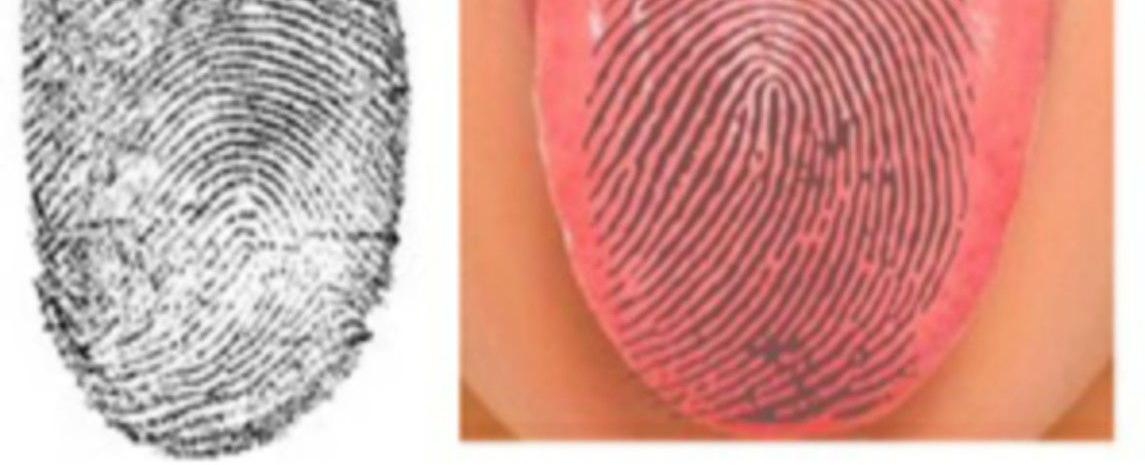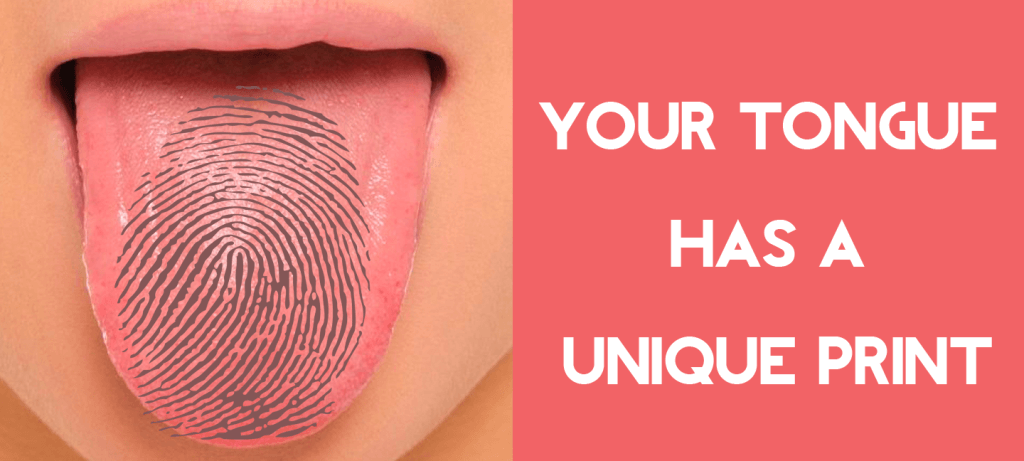Tongue prints are as unique as fingerprints

Tongue Prints are as Unique as Fingerprints

When it comes to personal identification, most people immediately think of fingerprints. However, did you know that your tongue also holds a unique print, just like your fingertips? This fascinating fact shows that our bodies can be differentiated even further through the intricate patterns on our tongues. Let’s dive deeper into the world of tongue prints and discover why they are as unique and significant as fingerprints.
Unraveling the Uniqueness
Just like fingerprints, tongue prints possess distinct features that set them apart from one individual to another. The texture, surface lines, and patterns on our tongues form a unique combination that remains consistent throughout our lives. These patterns are attributed to small, finger-like papillae that cover the surface of the tongue. These papillae create grooves and ridges, giving birth to an intricate pattern that is exclusive to each person.
Scientists have categorized tongue prints into various types, similar to the arches, loops, and whorls found in fingerprints. Some individuals may have V-shaped grooves, while others may possess circular or wavy patterns on their tongues. These distinctive features make the tongue an additional tool in biometric identification, potentially revolutionizing the field of forensic science and personal identification.
Tongue Prints and Forensic Science

The uniqueness of tongue prints has led to increased interest in their forensic significance. Just as fingerprints are used to solve crimes and identify suspects, tongue prints could potentially serve the same purpose. By examining the patterns on a suspect’s tongue, investigators could potentially link them to the scene of a crime or rule them out as a suspect.
Although tongue prints have not been widely used in criminal investigations, research in this area is still ongoing. Experts believe that combining tongue prints with other methods of identification, such as DNA analysis or facial recognition, could enhance the accuracy and reliability of criminal investigations in the future.
The Practical Usefulness of Tongue Prints
Apart from forensic applications, tongue prints have shown promise in other areas as well. Dentists, for instance, can take advantage of tongue prints to track and monitor oral health. By analyzing changes in an individual’s tongue print over time, dentists can detect early signs of oral diseases or abnormalities, allowing for timely intervention and treatment.
Moreover, given the unique nature of tongue prints, they could potentially serve as a secure method of personal identification. Imagine a future where your tongue print could unlock your smartphone, access secured areas, or authenticate online transactions. The possibilities are endless, and tongue prints could provide an additional layer of security in our increasingly digital world.
Conclusion
As we unravel the immense complexity of the human body, we continue to discover new ways to identify and differentiate individuals. Tongue prints, with their unique patterns and distinguishing features, are a captivating example of the intricacies that make each of us truly one-of-a-kind. Whether it’s for forensic purposes, dental health monitoring, or personal identification, the potential applications of tongue prints are vast and exciting.
Source: Factourism
Share
Related Posts
Quick Links
Legal Stuff

